Home>Dining>Tableware>How To Add Brightness To A Dark Dining Room


Tableware
How To Add Brightness To A Dark Dining Room
Modified: October 20, 2024
Learn how to add brightness to your dark dining room with the right tableware. Transform your space and create a welcoming ambiance with our expert tips.
(Many of the links in this article redirect to a specific reviewed product. Your purchase of these products through affiliate links helps to generate commission for Storables.com, at no extra cost. Learn more)
Introduction
Welcome to the world of tableware! Whether you’re a seasoned entertainer or simply someone who enjoys a beautifully set table, having the right tableware can make all the difference. From elegant dinner parties to casual brunches, the right tableware can elevate any dining experience.
In this article, we will explore the vast landscape of tableware, from the essentials to the luxurious pieces that are sure to impress. We’ll discuss the different types of tableware, their materials, and their uses, so you can make informed decisions when selecting your own collection. Whether you’re looking to refresh your existing tableware or starting from scratch, we’ve got you covered.
Tableware encompasses a wide range of items, including dinner plates, salad plates, bowls, glassware, flatware, and serving pieces. Each piece plays a crucial role in creating a cohesive and stylish table setting. From the simple elegance of white porcelain to the bold patterns of fine china, tableware allows you to express your personal style and set the tone for any occasion.
When selecting tableware, it’s important to consider both form and function. Think about the size and shape of the plates and bowls, as well as their durability and ease of cleaning. Choose glassware that complements your table settings and enhances the flavors and aromas of the beverages you’ll be serving. And of course, don’t forget about the silverware – opt for pieces that feel comfortable in your hand and are made to last.
Another important factor to consider when building your tableware collection is versatility. Look for pieces that can transition seamlessly from everyday use to special occasions. This will allow you to get the most out of your investment and ensure that your tableware can adapt to any event or theme.
In addition to the essentials, you may also want to consider adding special accent pieces to add depth and personality to your table settings. These can include items such as charger plates, napkin rings, and decorative serving platters. These small touches can make a big impact on the overall aesthetic of your table and create a truly memorable dining experience for your guests.
So whether you prefer a modern and minimalist look or a more timeless and traditional style, tableware offers endless possibilities for decorating your dining table. With the right combination of pieces, you can create a table setting that is as functional as it is beautiful.
In the following sections of this article, we will dive deeper into the world of tableware, exploring different materials, designs, and styles to help guide you in creating the perfect table setting for any occasion.
Key Takeaways:
- Brightening a dark dining room involves assessing lighting, choosing appropriate fixtures, maximizing natural light, and utilizing mirrors and reflective surfaces. Strategic placement of furniture and proper maintenance are also essential for creating a well-lit and inviting dining space.
- Incorporating task lighting, optimizing wall colors and finishes, selecting proper window treatments, and maintaining cleanliness are key factors in creating a visually pleasing and functional dining room. By carefully considering these elements, you can transform your dining space into a bright and enjoyable environment for meals and gatherings.
Read more: How To Brighten A Dark Dining Room
Assessing the Current Lighting Situation
A dark dining room can feel unwelcoming and gloomy, making it less enjoyable to spend time in. Assessing the current lighting situation is the first step in brightening up your dining space. Here are some key areas to consider:
1. Natural Light: Observe how much natural light enters the room throughout the day. Take note of any obstacles that block natural light, such as heavy curtains or furniture placement.
2. Artificial Lighting: Evaluate the existing lighting fixtures in the room. Are they providing adequate illumination? Do they cast a warm or cool tone? Consider the placement and wattage of light bulbs to determine if they need adjustment.
3. Shadows and Dark Corners: Take note of any areas in the room that are consistently darker or shadowed. This could be caused by furniture blocking light or lack of proper lighting sources.
4. Overall Ambience: Consider the mood and ambience you want to create in your dining room. Do you prefer a bright and energetic space or a cozy and intimate atmosphere?
By evaluating these factors, you can better understand the current state of your dining room’s lighting and identify areas for improvement.
Once you have assessed the current lighting situation, you can move on to the next step: choosing the right lighting fixtures.
Choosing the Right Lighting Fixtures
When it comes to brightening up a dark dining room, selecting the right lighting fixtures can make a significant difference. Here are some factors to consider when choosing the perfect fixtures:
1. Chandeliers: A chandelier is a classic choice for a dining room, instantly adding elegance and sophistication. Look for chandeliers with multiple bulbs to provide ample light for the entire room. Consider the size and height of your dining table when choosing the appropriate chandelier size, ensuring it complements the space without overwhelming it.
2. Pendant Lights: Pendant lights are a versatile option that can be hung in a row above a long dining table or individually as statement pieces. Opt for pendant lights with adjustable heights or consider installing a dimmer switch to customize the lighting intensity for various occasions.
3. Flush Mount or Semi-Flush Mount Lights: If you have a low ceiling or limited space, flush mount or semi-flush mount lights are ideal choices. They provide an even distribution of light and can be stylish additions to any dining room design.
4. Wall Sconces: Wall sconces are a great way to add additional lighting and create an inviting ambiance in your dining room. They can be placed on either side of a mirror or artwork, enhancing the overall lighting aesthetics.
5. Track Lighting: For a more modern and flexible lighting option, consider track lighting. This type of lighting allows you to direct light to specific areas of the room, highlighting artwork or architectural features.
6. Dimmers: Installing dimmer switches for your overhead lighting fixtures allows you to adjust the brightness according to the desired ambiance. This adds versatility to your dining room lighting and enables you to create a more intimate and cozy setting when needed.
7. Style and Design: Consider the overall style and design of your dining room when selecting lighting fixtures. Choose fixtures that complement the existing decor and reflect your personal taste. From modern and minimalist to traditional and ornate, there are endless options to suit any aesthetic.
Remember to take into account the size and scale of both the lighting fixtures and the dining room itself. Properly scaled fixtures can enhance the visual appeal and functionality of the space.
By carefully selecting the right lighting fixtures, you can transform your dark dining room into a well-lit and inviting space for gatherings and meals.
Maximize Natural Light
Natural light is a valuable asset when it comes to brightening up a dark dining room. Here are some strategies to maximize the amount of natural light entering your space:
1. Remove Obstacles: Take a look at what might be blocking natural light from entering your dining room. Heavy curtains, blinds, or furniture placed near windows can obstruct light. Consider replacing thick curtains with sheer or light-colored options that allow more sunlight to filter in.
2. Trim Trees and Shrubs: If your dining room is surrounded by trees or overgrown shrubs, consider trimming them back to allow more natural light in. Prune any branches that are blocking sunlight from reaching your windows.
3. Use Light-Colored Window Treatments: When choosing window treatments, opt for light-colored fabrics or materials that allow light to pass through. Avoid heavy and dark curtains that absorb light and make the room appear darker.
4. Window Film: If privacy is a concern but you still want to maximize natural light, consider using window film. Window film can be applied to windows to reduce visibility from the outside while still allowing light to enter the room. There are various designs and patterns available to suit your style preferences.
5. Clean Windows Regularly: Keeping your windows clean is essential for maximizing natural light. Over time, dirt and grime can accumulate on windows, reducing the amount of light that enters the room. Regularly clean your windows inside and out to ensure maximum brightness.
6. Reflective Surfaces: Incorporating reflective surfaces in your dining room can help bounce natural light around the space. Hang mirrors strategically in areas that can capture and reflect light, such as opposite windows or on a wall adjacent to a window. Additionally, consider adding glass elements, such as tables or display cabinets, to reflect light and create a brighter atmosphere.
7. Light-Colored Walls: Paint your dining room walls in light, neutral colors that can help amplify the natural light. Light-colored walls reflect more light, making the room appear brighter and more inviting. Avoid dark and bold paint colors that absorb light and make the space feel darker.
8. Keep Windows Clear: Ensure that furniture or other objects are not blocking the windows, obstructing the natural light from entering the room. Arrange furniture in a way that allows light to flow freely through the space.
By implementing these strategies, you can make the most of the natural light available, creating a brighter and more vibrant dining room.
Utilize Mirrors and Reflective Surfaces
When it comes to brightening up a dark dining room, mirrors and reflective surfaces can be powerful tools. They help to maximize natural and artificial light by bouncing it around the room, creating a brighter and more spacious atmosphere. Here are some effective ways to utilize mirrors and reflective surfaces:
1. Mirror Placement: Hang a large mirror on a wall opposite a window to reflect natural light into the dining room. The mirror will act as a focal point and create the illusion of a larger space. For an even brighter effect, consider using multiple smaller mirrors in a gallery wall arrangement.
2. Mirrored Furniture: Incorporate pieces of furniture with mirrored surfaces into your dining room design. A mirrored buffet, sideboard, or bar cart can reflect both natural and artificial light, brightening up the entire space. These pieces not only serve a functional purpose but also add a touch of glamour and elegance to the room.
3. Glass Tabletops: Opt for a dining table with a glass tabletop. The transparent surface allows light to pass through, making the room feel brighter and more open. Pair the glass tabletop with light-colored chairs to further enhance the light-reflecting effect.
4. Reflective Wall Art: Choose artwork with reflective or metallic elements to add visual interest and bounce light around the room. Paintings or sculptures with metallic accents, mirrors, or shiny surfaces can act as focal points and contribute to the overall brightness of the space.
5. Metallic Accents: Introduce metallic accents such as silver or gold candle holders, trays, or decorative objects in your dining room. These reflective elements will catch and reflect light, adding a touch of sparkle and brightness to the space.
6. Light-Colored Accessories: Decorate your dining room with light-colored accessories that have reflective surfaces. This could include glass vases, crystal candle holders, or shiny metallic cutlery. These accents will capture and reflect light, enhancing the overall brightness of the room.
7. Mirrored Backsplash: If you have a kitchen adjacent to your dining room, consider installing a mirrored backsplash. Not only will it add a sleek and modern look to your kitchen, but it will also reflect light into the dining area, creating a brighter and more spacious feel.
By strategically placing mirrors and incorporating reflective surfaces into your dining room design, you can maximize the impact of natural and artificial light. The room will feel brighter, more open, and inviting, creating a pleasant and enjoyable atmosphere for dining and gatherings.
Optimize Wall Colors and Finishes
The color and finish of your dining room walls play a significant role in the overall brightness and ambiance of the space. By choosing the right wall colors and finishes, you can create a visually appealing and well-lit dining room. Here are some tips to optimize wall colors and finishes:
1. Light and Neutral Colors: Opt for light and neutral colors for your dining room walls. Shades of white, cream, beige, or pastel colors can make the room feel brighter and more spacious by reflecting light. Lighter colors also create a serene and elegant atmosphere, perfect for a dining setting.
2. Matte or Satin Finish: Choose a matte or satin finish for your wall paint. These finishes tend to reflect more light and minimize glare compared to glossy finishes. Matte or satin finishes also help to conceal minor imperfections on the walls, creating a smooth and clean appearance.
3. Accent Wall: Consider creating an accent wall in your dining room. Choose a slightly bolder color or a textured wallpaper for this feature wall. The accent wall can add visual interest and depth to the room, while the remaining walls maintain a light and neutral color scheme.
4. Wallpaper with Metallic Accents: If you prefer to use wallpaper, opt for designs with metallic accents. These wallpapers provide a subtle shimmer that reflects light, making the room feel brighter and more inviting. Look for patterns or textures that complement your dining room decor.
5. Reflective and Textured Finishes: Another option to consider is using wall finishes with reflective or textured surfaces. Metallic wallpapers, textured paint finishes, or even adding a shiplap or paneling can introduce visual interest and enhance the play of light in the room.
6. Coordinate with Natural Light: Take into account the amount and direction of natural light in your dining room when choosing wall colors. If your room receives ample natural light, you can experiment with slightly darker shades. However, if your dining room is naturally low-light, stick with lighter tones to create a brighter atmosphere.
7. Consider Ceiling Color: The color of the ceiling can also impact the overall brightness of your dining room. Consider painting the ceiling a lighter shade than the walls to reflect more light and create the illusion of height.
8. Test Paint Samples: Before committing to a color, test out different paint samples on your dining room walls. Paint a small area and observe how the color looks under various lighting conditions throughout the day. Natural and artificial lighting can affect the appearance of the paint color.
By optimizing wall colors and finishes, you can create a visually pleasing and well-lit dining room. Light and neutral colors, combined with the right finishes, will help reflect light and create a welcoming ambiance for your dining experiences.
Consider adding a large mirror to the room to reflect natural light and create the illusion of a brighter space. Additionally, opt for light-colored furniture and decor to further enhance the brightness.
Selecting Proper Window Treatments
Window treatments not only add style and sophistication to your dining room but also play a crucial role in controlling the amount of natural light and privacy in the space. When selecting window treatments, it’s important to strike a balance between functionality and aesthetics. Here are some tips for selecting the proper window treatments for your dining room:
1. Sheer Curtains: Sheer curtains are an excellent option if you want to maximize natural light while maintaining some privacy. These lightweight and translucent fabrics allow diffused light to enter the room, creating a soft and warm ambiance. Sheer curtains are available in various colors and patterns to suit your dining room style.
2. Light-colored Fabrics: Opt for light-colored fabrics for your window treatments. Light hues reflect more light, making the room appear brighter. Avoid dark and heavy fabrics that absorb light and make the dining room feel darker and smaller.
3. Roman Shades: Roman shades are a versatile option that allows you to control the amount of light entering the room. They can be easily adjusted to provide full coverage or let in a desired amount of natural light. Roman shades come in a wide range of fabrics, colors, and patterns to suit your dining room’s style.
4. Venetian Blinds: Venetian blinds are a classic and practical choice for controlling natural light and privacy. They allow you to adjust the angle and amount of light entering the room by tilting the slats. Choose blinds with wider slats to let in more light when fully open.
5. Cellular Shades: Cellular shades, also known as honeycomb shades, offer excellent insulation and light control. They are available in different opacities, allowing you to choose the level of privacy and light filtration that suits your needs. Cellular shades also come in a variety of colors to complement your dining room decor.
6. Top-Down/Bottom-Up Shades: Top-down/bottom-up shades provide flexibility in privacy and light control. You can lower the upper part of the shade to allow natural light to enter from the top while keeping the bottom part closed for privacy. This option lets you customize the amount of light and privacy in your dining room.
7. Window Film: Window film is an excellent choice if you want to maintain an unobstructed view while reducing glare and UV rays. It can be applied directly to the window glass, providing privacy during the day while still allowing light to enter the room. Window film comes in various patterns and designs to add a decorative element to your dining room.
8. Layering Options: Consider layering different window treatments for added versatility and style. For example, you can combine sheer curtains with blinds or a fabric valance for a more tailored and elegant look. Layering allows you to control both light and privacy while adding depth and visual interest to your dining room windows.
When selecting window treatments for your dining room, consider the overall style, functionality, and natural light requirements of the space. Choose options that enhance the ambiance of the room while providing the desired level of privacy and light control.
Strategic Placement of Furniture and Decorations
The placement of furniture and decorations in your dining room can significantly impact the overall brightness and functionality of the space. By strategically arranging your furniture and decor, you can create a well-balanced and inviting dining area. Here are some tips for optimizing the placement of furniture and decorations:
1. Dining Table Positioning: Place your dining table in a central location within the room, allowing for easy movement around it. Ensure that there is enough space for chairs to be pulled out comfortably without obstructing walkways or blocking natural light from windows.
2. Consider Natural Light Sources: Take advantage of natural light sources when positioning your dining table and chairs. If possible, position the table near a window to maximize the amount of natural light during daytime meals. This will create a bright and inviting atmosphere.
3. Optimize Artificial Lighting: Arrange lighting fixtures in a way that provides adequate illumination across the entire dining table. Hang chandeliers or pendant lights centrally above the table to ensure even lighting. Avoid placing fixtures too low, as they may cast shadows over the table.
4. Clear Pathways: Ensure that there are clear pathways around the dining area. This will not only allow for seamless movement but also prevent any obstruction of natural light. Arrange furniture in a way that does not block windows or create cramped spaces.
5. Scale and Proportion: Consider the scale and proportion of your dining room furniture when arranging it. Oversized furniture can make a room feel cramped and obstruct natural light, while furniture that is too small can create an unbalanced look. Ensure that the size of your furniture is appropriate for the dining room space.
6. Use Mirrors to Reflect Light: Strategically place mirrors on walls opposite windows or light sources to reflect natural light and make the room appear brighter. Mirrors can also create the illusion of a larger space, adding depth and visual interest to the dining area.
7. Balance Functionality and Aesthetics: Arrange decorations and accessories in a way that adds visual interest and complements the overall design of the dining room. Use items such as artwork, plants, or decorative accents to enhance the space without overpowering it. Strike a balance between functionality and aesthetics to create a harmonious atmosphere.
8. Avoid Clutter: Keep the dining area free from unnecessary clutter. Excess items on the table or overcrowded shelves can make the space feel cramped and dim. Opt for minimalistic and organized arrangements to maintain a clean and bright dining environment.
9. Experiment with Layouts: Don’t be afraid to experiment with different furniture layouts to find the one that works best for your dining room. Rearranging furniture can give the space a fresh look and optimize lighting and functionality.
By strategically placing furniture and decorations, you can create a well-lit, functional, and aesthetically pleasing dining room. Consider the flow of natural and artificial light, the scale and proportion of your furniture, and the balance between functionality and aesthetics to create the perfect arrangement for your dining space.
Incorporating Task Lighting
In addition to ambient lighting, incorporating task lighting in your dining room is essential for specific activities that require focused illumination. Task lighting provides concentrated light to a particular area, making it easier and more comfortable to perform tasks such as reading, writing, or working on projects. Here are some tips for incorporating task lighting in your dining room:
1. Pendant Lights: Hang pendant lights above specific areas of your dining room where task lighting is needed. For example, if you have a sideboard or buffet, place pendant lights directly above to provide ample and targeted lighting for serving or displaying food and drinks. Adjustable pendant lights allow you to customize the level of illumination based on your needs.
2. Under-Cabinet Lighting: If you have built-in cabinets or open shelving in your dining area, consider installing under-cabinet lighting. These lights can be discreetly placed beneath the cabinets to illuminate countertops or display areas. Under-cabinet lighting is perfect for enhancing visibility when preparing meals or highlighting decorative pieces and tableware.
3. Desk or Table Lamps: If you have a dedicated workspace or a desk in your dining room, incorporate a desk or table lamp to provide targeted lighting. Choose a lamp with adjustable height and angle to direct light exactly where it’s needed. This will make it easier to read, write, or work on projects without disturbing the overall ambiance of the room.
4. Floor Lamps: Place floor lamps in areas of the dining room where additional lighting is required. These lamps can be positioned next to reading nooks, seating areas, or corners that need extra light. Look for floor lamps with adjustable heads or swing arms to provide flexibility in directing light where it’s needed most.
5. Track Lighting: Install track lighting in areas where task lighting is required over a larger surface area. This type of lighting system allows you to adjust the positioning and direction of individual light fixtures to focus light on specific tasks or areas of interest. It is particularly useful in art or display areas where you want to highlight specific pieces.
6. Dimmer Switches: Incorporate dimmer switches for both ambient and task lighting in your dining room. This allows you to adjust the brightness of the lights according to the specific task or desired ambiance. Dimmer switches provide flexibility in creating the right lighting levels for different occasions, from intimate dinners to lively gatherings.
7. Consider LED Lighting: Choose LED task lighting options for energy efficiency and longevity. LED lights are both environmentally friendly and cost-effective. They provide bright and focused illumination without generating excessive heat, making them ideal for task-oriented activities in the dining room.
By incorporating task lighting in your dining room, you can enhance functionality and create a well-lit space for specific activities. Consider the specific tasks you frequently perform in the dining area and choose lighting fixtures that cater to those needs. The right task lighting will not only improve visibility but also add a sense of purpose and convenience to your dining experience.
Read more: How To Add A Leaf To A Dining Table
Maintenance and Cleaning Tips
To keep your dining room looking its best and to ensure that your tableware and furnishings last for years to come, regular maintenance and cleaning are essential. Here are some tips to help you maintain a clean and organized dining room:
1. Dust and Vacuum Regularly: Dust accumulates on surfaces, including your furniture, shelves, and decorations. Regularly dusting with a microfiber cloth or a duster will prevent dust buildup and keep your dining room looking clean and fresh. Use a vacuum cleaner with a brush attachment to clean upholstered furniture and curtains.
2. Clean Spills Immediately: Accidents happen, and spills are inevitable in a dining room. Whether it’s a food or drink spill, it’s crucial to clean it up promptly to prevent stains and damage. Use a clean cloth or paper towel to blot the spill, followed by a gentle cleaning solution appropriate for the surface or fabric. Avoid rubbing vigorously, as this may spread the stain or cause it to set.
3. Polish Metal and Glass Surfaces: If your dining room includes metal or glass surfaces, such as a glass tabletop or metal accents, regular polishing is necessary to maintain their shine. Use a designated metal cleaner or a mixture of vinegar and water for metal surfaces. For glass, a simple solution of water and glass cleaner will do the trick. Wipe these surfaces gently with a soft, lint-free cloth.
4. Protect Wood Surfaces: Wooden furniture and surfaces in your dining room require special care. Use coasters and placemats to protect the wood from heat, moisture, and scratches caused by hot plates, glasses, or utensils. Avoid placing items directly on the wood surface without protection. Periodically apply wood polish or conditioner to maintain the wood’s luster and prevent drying and cracking.
5. Clean Upholstery and Fabric: If your dining room features upholstered furniture or fabric elements, it’s essential to clean them regularly to remove dirt, dust, and stains. Check the manufacturer’s instructions for cleaning recommendations. Most fabric upholstery can be spot-cleaned with a mild detergent solution or professionally cleaned if necessary. Vacuum fabric chairs or benches regularly to remove loose dirt and debris.
6. Maintain Tableware: Proper care of your tableware will ensure its longevity and keep it looking pristine. Hand wash delicate or valuable items with care, using mild dish soap and warm water. Avoid using harsh abrasives that can scratch or damage the surfaces. For dishwasher-safe tableware, follow the manufacturer’s instructions for best results and avoid overcrowding the dishwasher to prevent chipping or breaking.
7. Store Tableware Properly: When not in use, store your tableware in a clean and dry cupboard or display cabinet. Use soft padding or specialized storage solutions to protect delicate items from chipping or breaking. Stack plates and bowls carefully, placing a soft protector or napkin between each piece to prevent scratching.
8. Refresh Table Decorations: Regularly refresh and clean your dining table decorations, such as centerpieces, candles, or decorative accents. Remove dust or debris using a soft brush or cloth. Check candle wax to ensure it is not dripping onto the table or furniture, and use candle holders or coasters to prevent damage.
By following these maintenance and cleaning tips, you can keep your dining room looking beautiful and ensure the longevity of your tableware and furnishings. Regular care and attention will help preserve the cleanliness, functionality, and visual appeal of your dining room for years to come.
Conclusion
Creating a bright and inviting dining room is a combination of thoughtful design, strategic lighting, and regular maintenance. With the right tableware, lighting fixtures, and placement of furniture and decorations, you can transform your dark dining space into a visually pleasing and functional area for meals and gatherings.
Assessing the current lighting situation, choosing the appropriate lighting fixtures, and maximizing natural light are crucial steps in brightening up your dining room. Utilizing mirrors and reflective surfaces, optimizing wall colors and finishes, and selecting proper window treatments can further enhance the brightness and overall ambiance of the space.
Strategically placing furniture and decorations, incorporating task lighting, and following maintenance and cleaning tips are essential for maintaining a clean, organized, and well-lit dining room. Regular upkeep ensures that your tableware, furnishings, and decorative elements stay in excellent condition and continue to make a positive impact on the overall appearance of the room.
By carefully considering these factors and implementing the suggested strategies, you can create a dining room that is not only aesthetically pleasing but also functional and enjoyable. Whether you’re hosting a formal dinner party or having a casual family gathering, a well-designed and bright dining room sets the stage for memorable and delightful dining experiences.
So, take the time to assess your current dining room, make the necessary changes, and enjoy the transformation. Let your creativity and personal style shine through as you create a space that reflects your taste while providing a comfortable and inviting atmosphere for your guests. Cheers to creating a bright and beautiful dining room!
Frequently Asked Questions about How To Add Brightness To A Dark Dining Room
Was this page helpful?
At Storables.com, we guarantee accurate and reliable information. Our content, validated by Expert Board Contributors, is crafted following stringent Editorial Policies. We're committed to providing you with well-researched, expert-backed insights for all your informational needs.


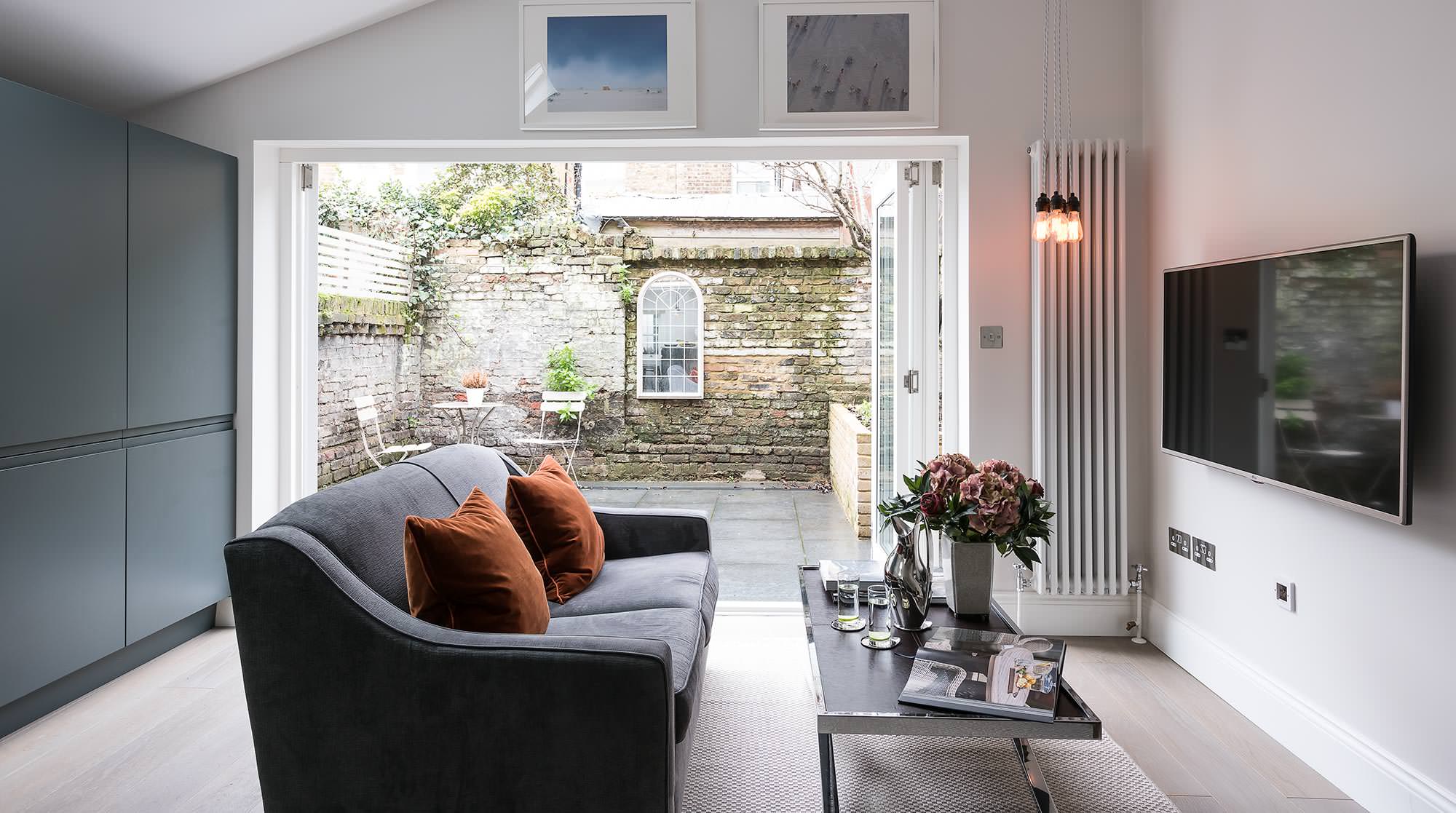
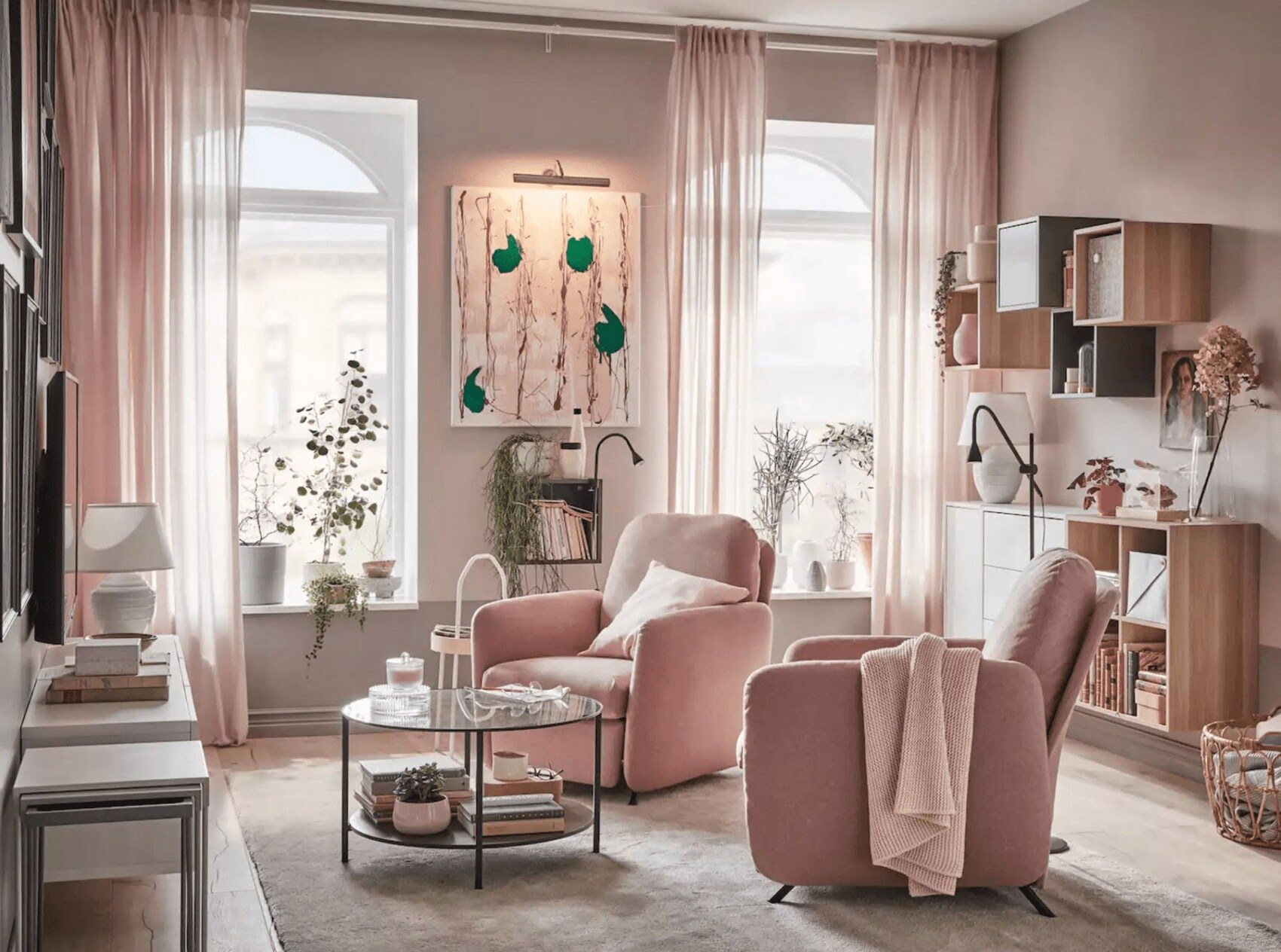
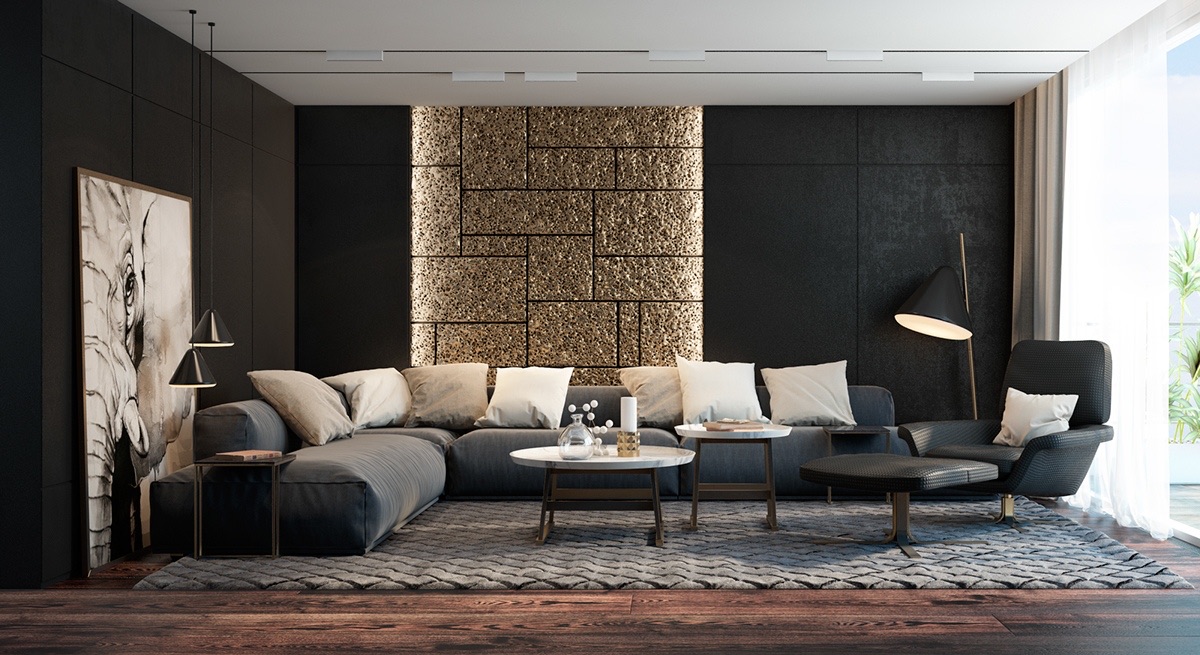
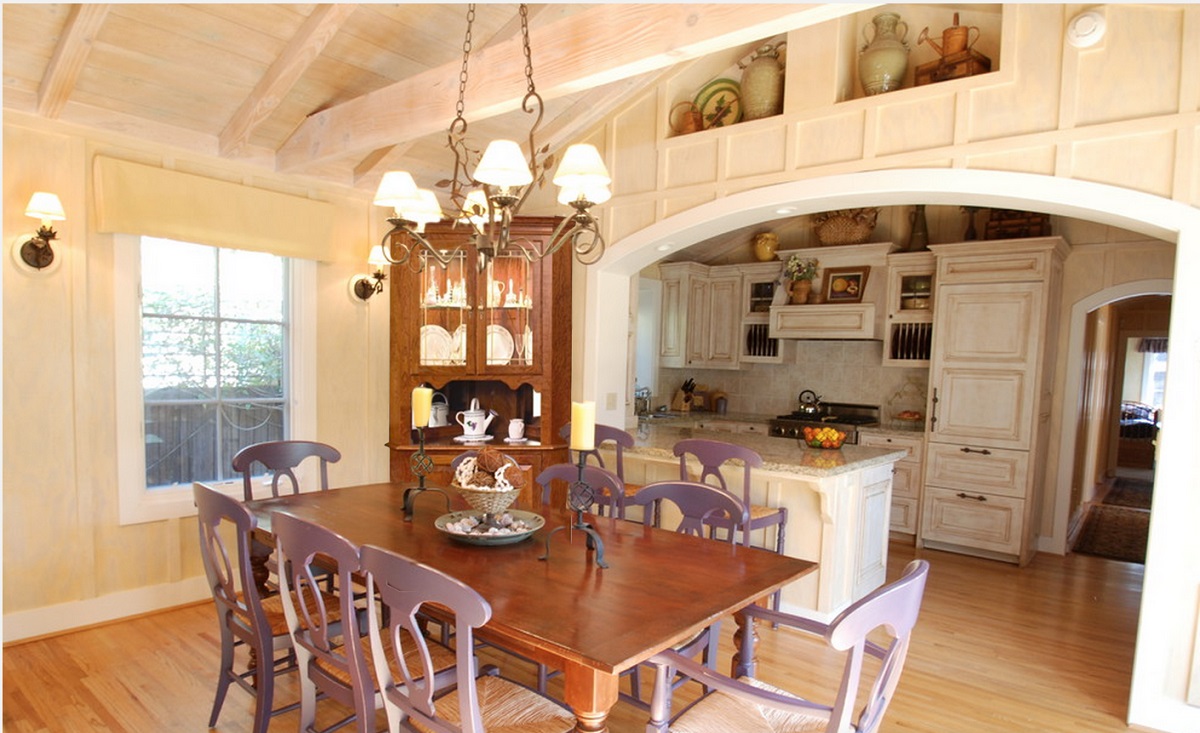
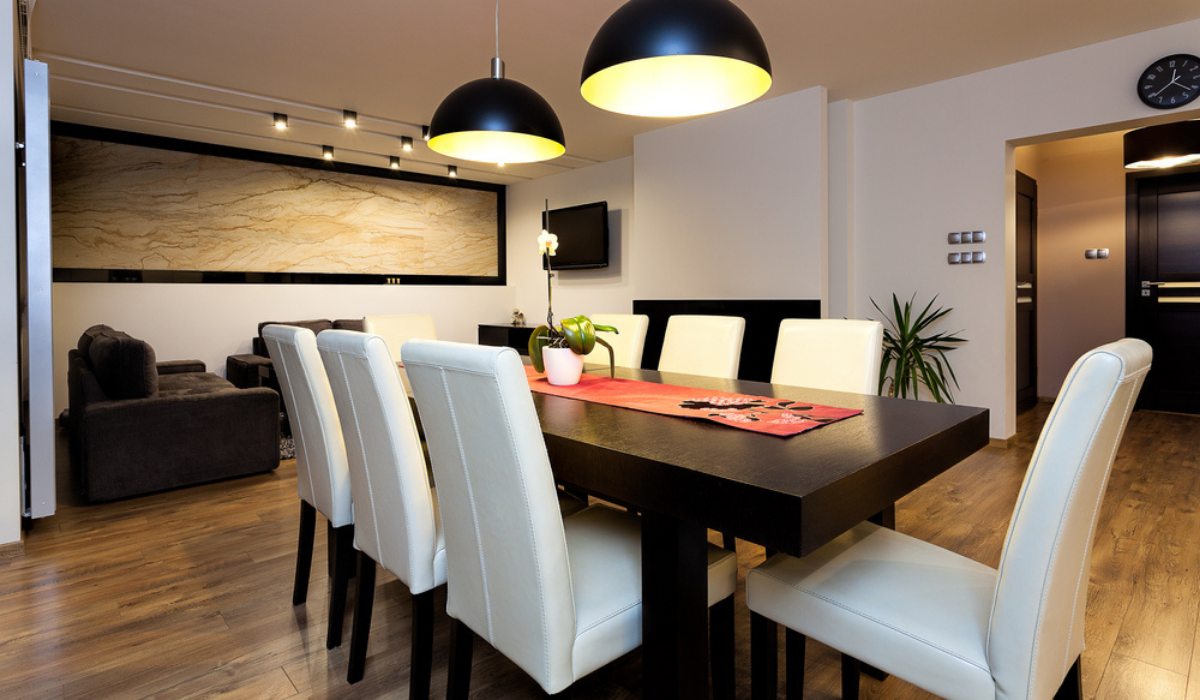
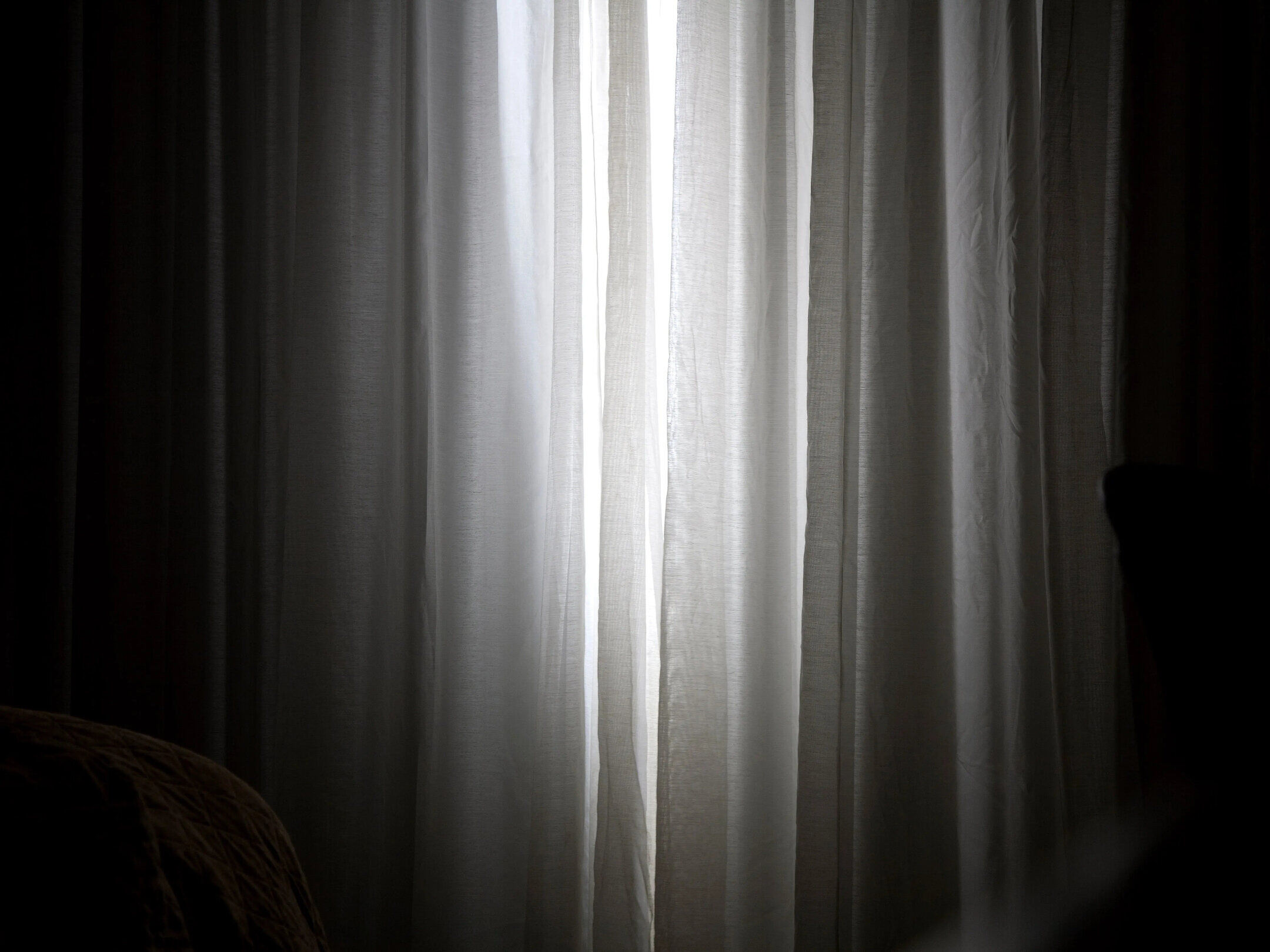

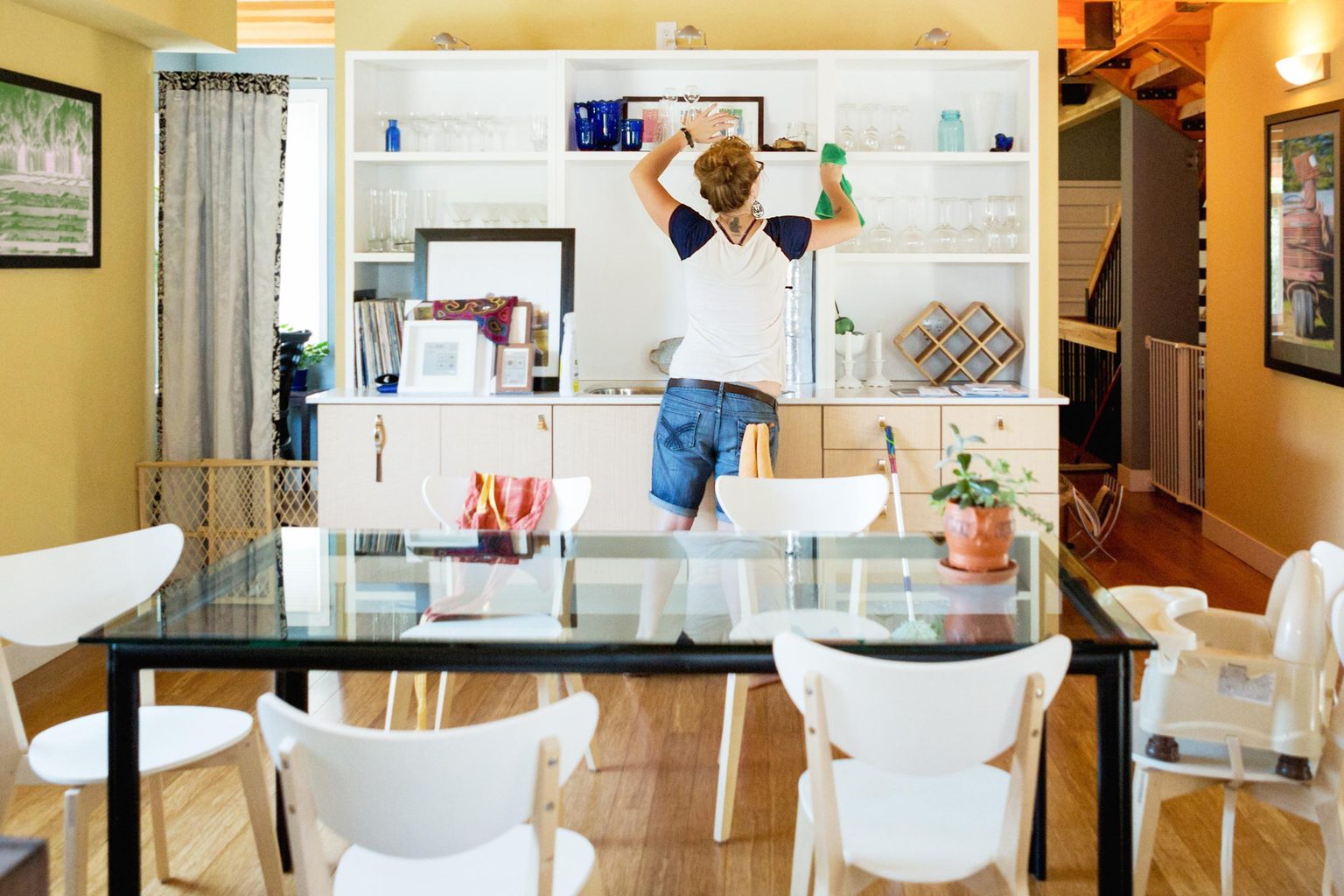
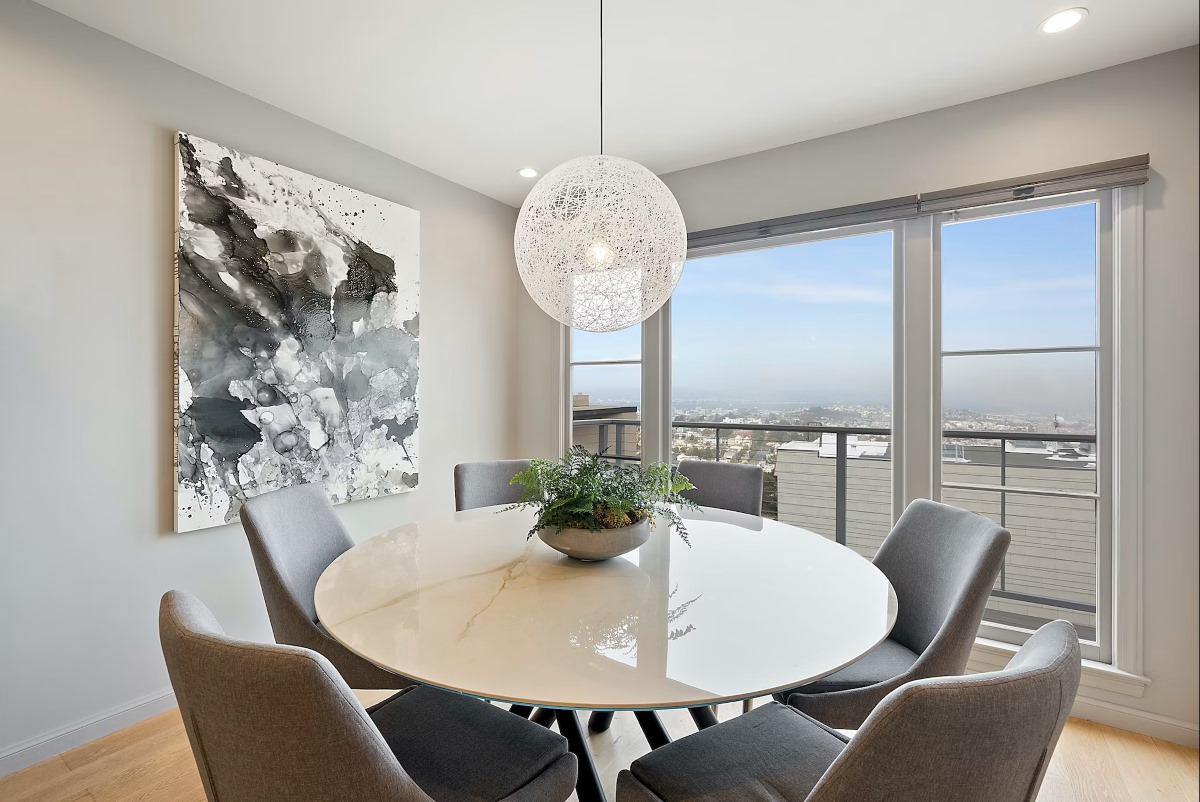
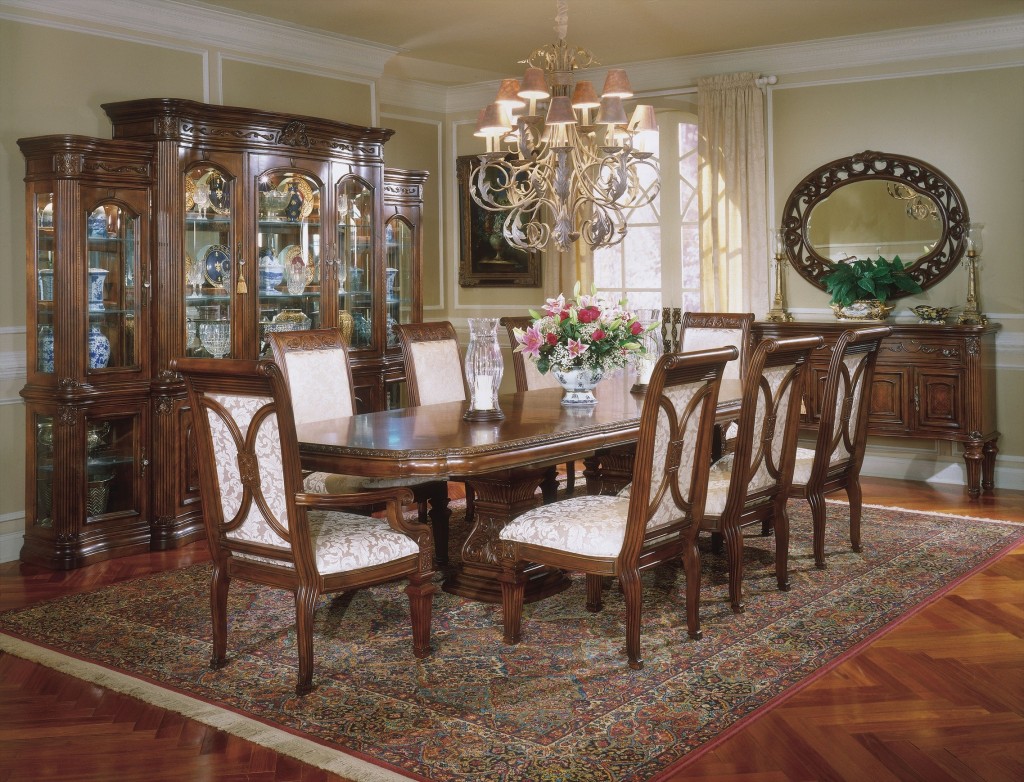
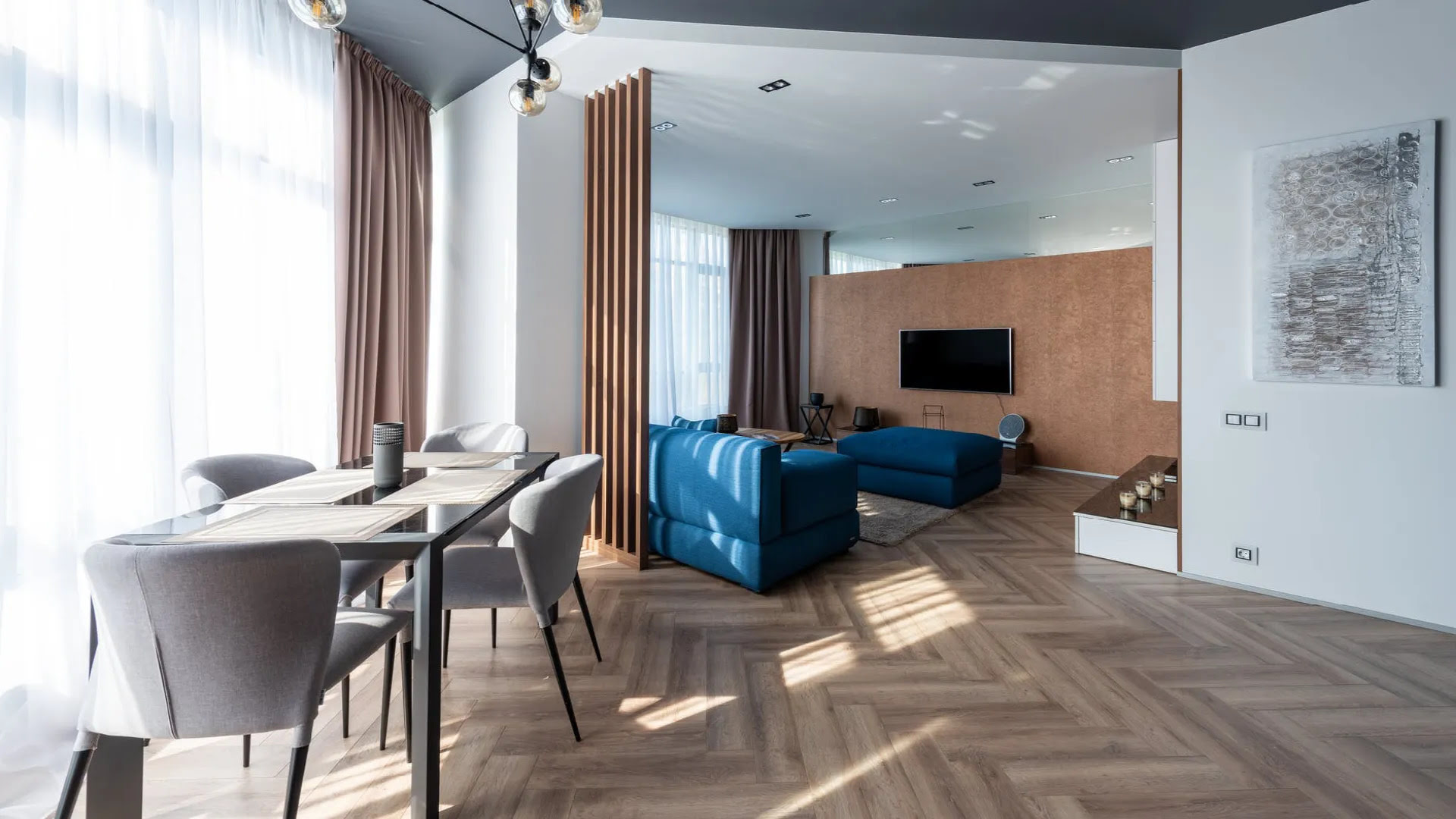

0 thoughts on “How To Add Brightness To A Dark Dining Room”